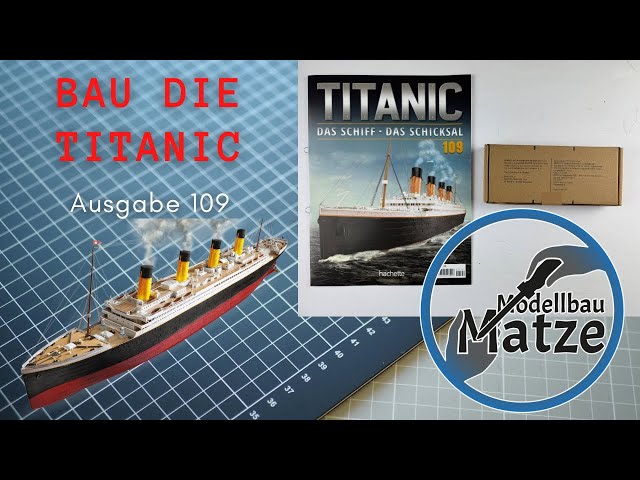The Legacy of the Titanic: Lessons from a Maritime Tragedy

Introduction
The Titanic, a British passenger liner, infamously sank on its maiden voyage in April 1912, claiming over 1,500 lives. This catastrophic event not only marked one of the deadliest disasters in maritime history, but it also profoundly influenced safety regulations in the shipping industry. The story of the Titanic has captivated hearts and minds for over a century, serving as a poignant reminder of human fallibility and the limits of technological advancement.
The Tragic Voyage
The RMS Titanic was touted as an unsinkable ship, a marvel of modern engineering of its time. On April 10, 1912, she set sail from Southampton for New York City, carrying 2,224 passengers and crew. However, on April 15, disaster struck when the ship collided with an iceberg in the North Atlantic Ocean. Within a matter of hours, the Titanic went to the ocean floor, resulting in a loss of life that shocked the world.
The Aftermath and its Legacy
The tragedy led to significant changes in maritime laws and safety protocols. The International Convention for the Safety of Life at Sea (SOLAS) was established in 1914, mandating lifeboat requirements and maritime safety training for crew members. Furthermore, the Titanic disaster has inspired countless books, films, and discussions, most notably the James Cameron film released in 1997, which rekindled public interest in the story and its historical implications.
Modern Developments
In recent times, the Titanic continues to be a subject of interest among historians and researchers. Various expeditions have been conducted to explore the wreck, revealing new insights into the structure and circumstances surrounding its sinking. Moreover, a recent discovery of artefacts from the Titanic highlights the ongoing fascination that this maritime tragedy holds for the public and academics alike.
Conclusion
As we reflect on the Titanic disaster, it serves as a critical lesson about the importance of safety, awareness, and humility in the face of nature’s power. The legacy of the Titanic is not just one of tragedy, but also of resilience and growth. Today, advancements in technology continue to evolve, yet the fundamental lessons learned from that fateful night remain relevant. For the readers, the Titanic story is a reminder that the advancement of technology must always be paired with caution and respect for the forces we navigate.









